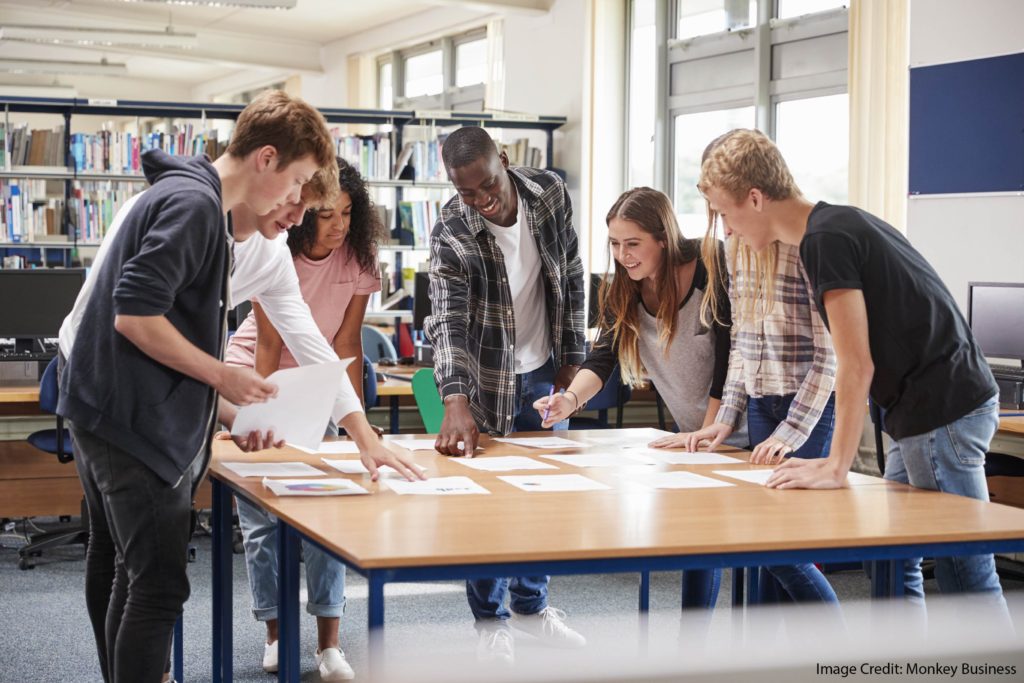If learners were widgets, then educational research would be simple. The same teaching technique would work (or not work) equally well for all students.
It would also help if all teachers were widgets. And, if we all taught the same topic the same way.
We could ask simple research questions, get uncomplicated answers, and be ENTIRELY CERTAIN we were doing it right.
A Sample Case: Handwritten Notes
For example, if all students were identical, then we could know for sure the best way to take notes in class.
(It would help if teachers all taught the same way too.)
Are handwritten notes better than laptop notes? Vice versa? The study design couldn’t be simpler.
Mueller and Oppenheimer famously argue that “the pen is mightier than the keyboard.” (I’ve argued strenuously that their research does not support this claim, and probably contradicts it.)
But what if the question just can’t be answered that simply?
What if students do different things with their notes?
What if the classes in which they take notes are different?
Really, what then?
Mixing It Up
Linlin Luo and colleagues explore these questions in a recent study.
Happily, they start from the assumption that students use notes in different ways. And, that professors’ lectures include important differences.
For example: some students take notes, but don’t review them. (They probably should…but, there are LOTS of things that students probably should do. For instance, attend lectures.)
Others students do review the notes they take.
Some lectures include lots of visuals. Others don’t include many.
Once we start asking more complicated questions … that is, more realistic questions … we start getting more interesting answers.
More Interesting Answers
What did Luo and colleagues find? Unsurprisingly, they found a complex series of answers.
First: students who didn’t review their notes before a quiz did better using a laptop.
Second: students who did review their notes did better taking handwritten notes.
Third: in both cases, the differences weren’t statistically significant. That’s a fancy way of saying: we can’t say for sure that the laptop/handwriting distinction really mattered.
Fourth: unsurprisingly, students who took handwritten notes did better recording visuals than did laptop users. (Students who took laptop notes basically didn’t bother with visuals.)
Advice to Teachers and Students
What advice can we infer from this study? (And: from its analysis of previous studies?)
A: teachers can give students plausible guidance. “If you really will study these notes later, then you should take them by hand. But, if you really won’t, then use a laptop.”
B: teachers who present a lot of visuals should encourage handwritten notes. Or, make copies of those visuals available.
C: given that the differences weren’t statistically significant, we might encourage students to use the medium in which they’re more comfortable. If they (like me) have dreadful handwriting, then maybe they should use a laptop no matter what.
D: I continue to think — based on the Mueller and Oppenheimer study — that we should train students to take notes in a particular way. If they both use laptops AND reword the teachers ideas (rather than copying them verbatim), that combination should yield the most learning.
Most importantly, we should let this study remind us: simple answers are oversimplified answers.
If you’d like to meet two of the researchers who worked on this study, check out this video:
https://www.youtube.com/watch?v=BfCZ0K0HoJE





















